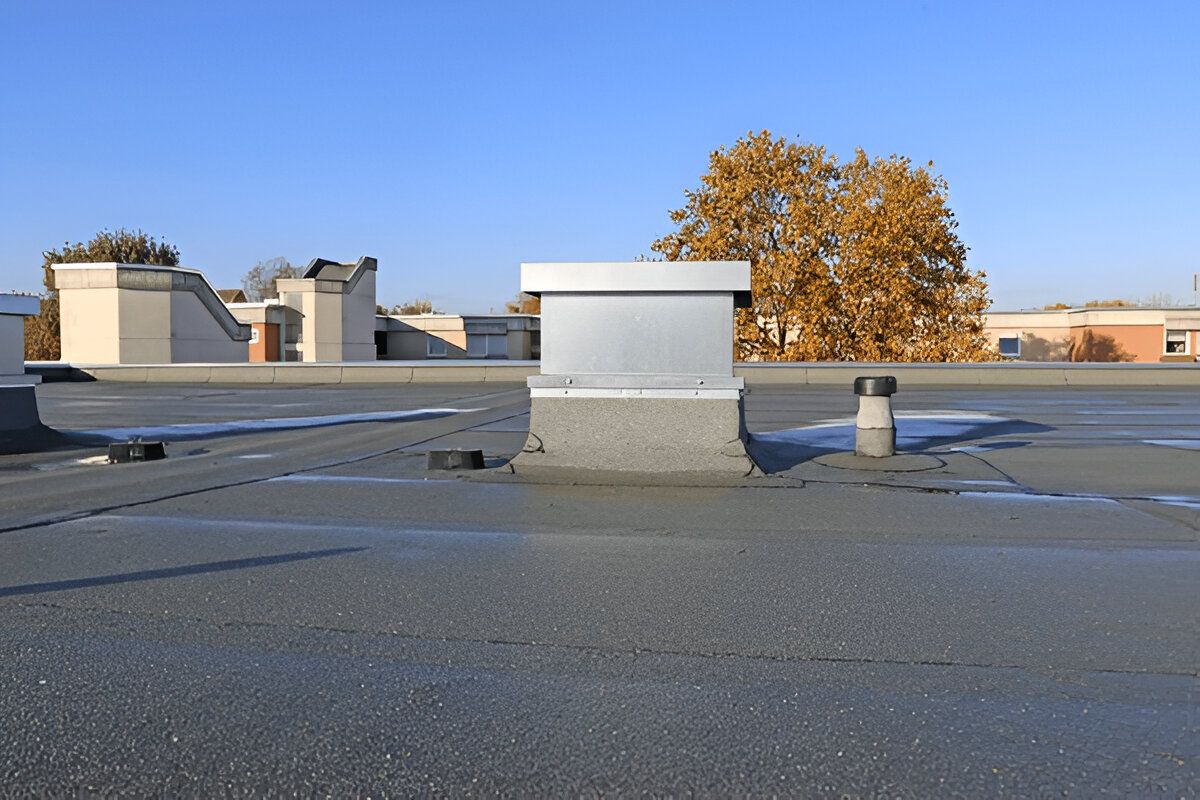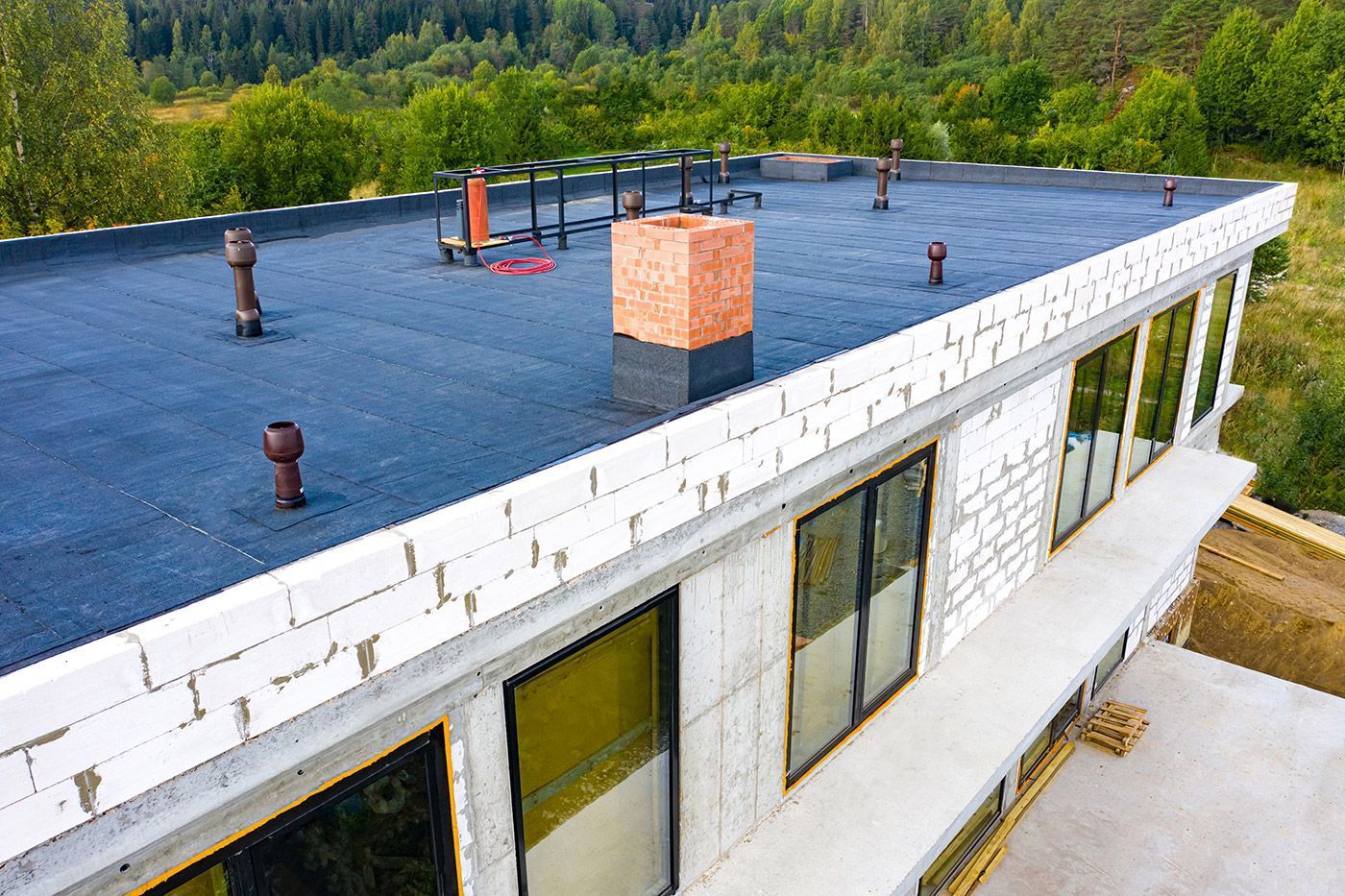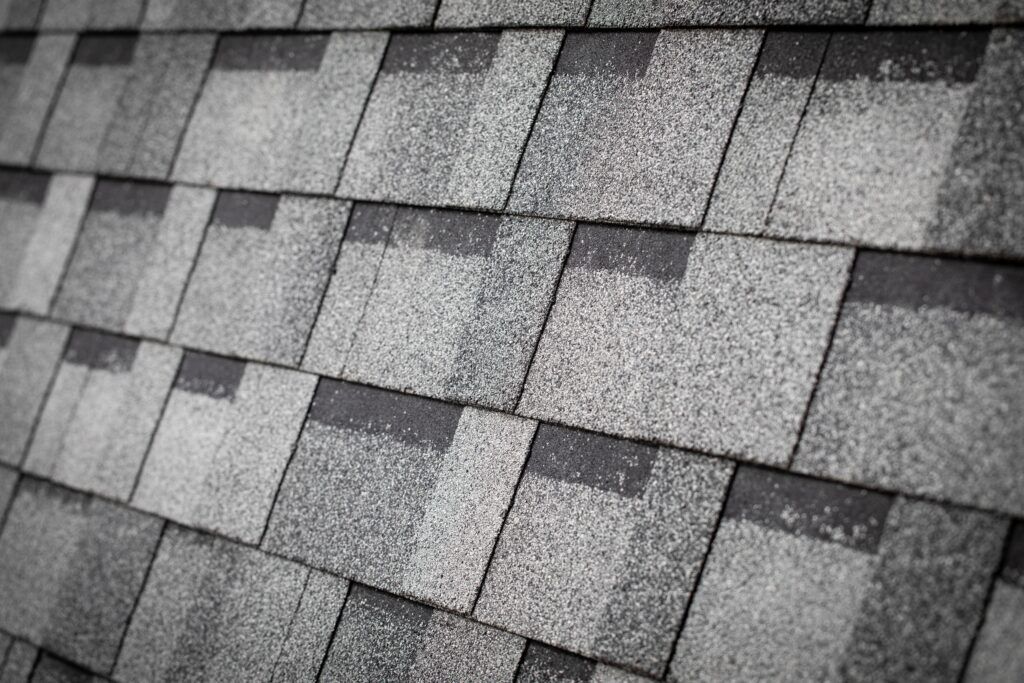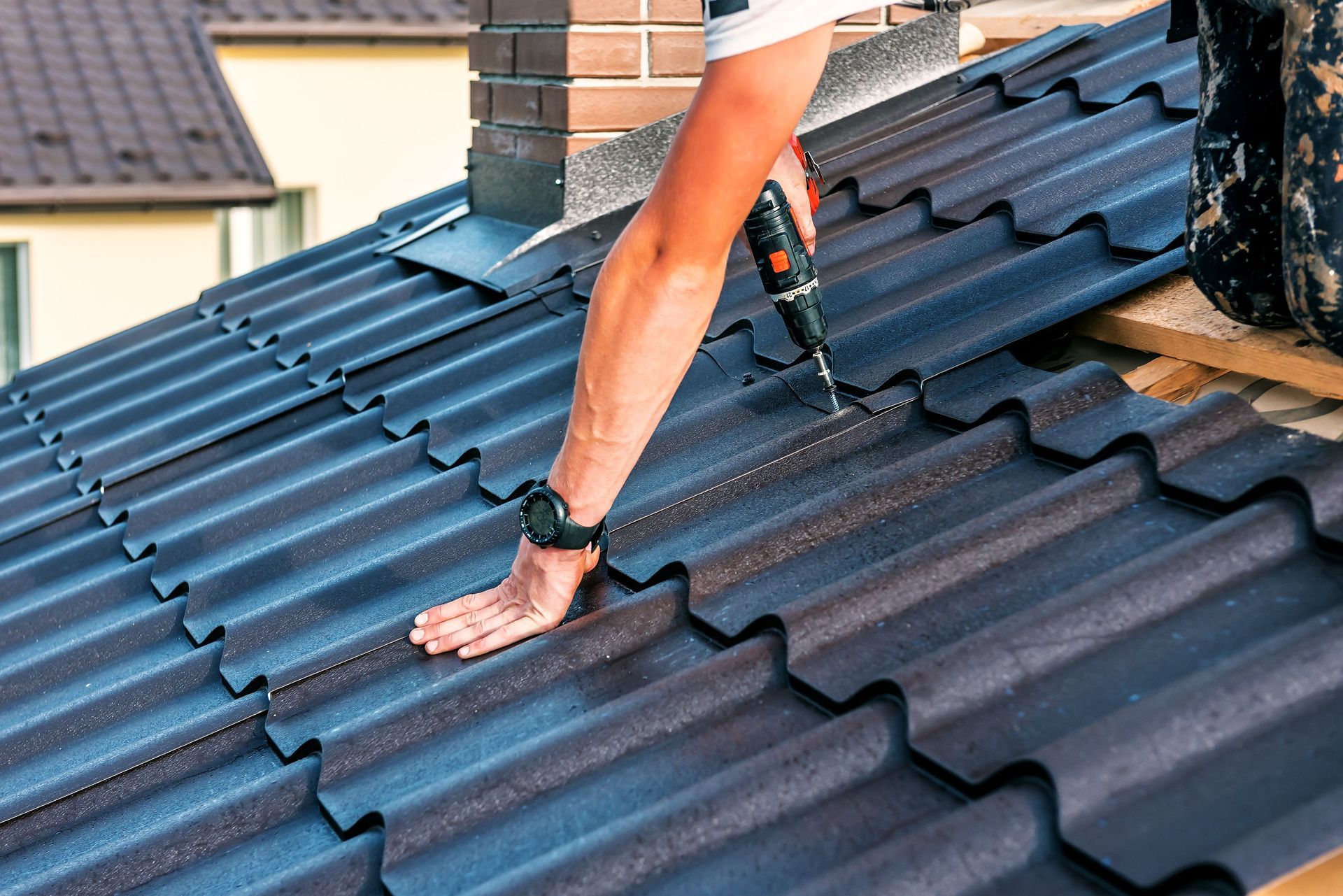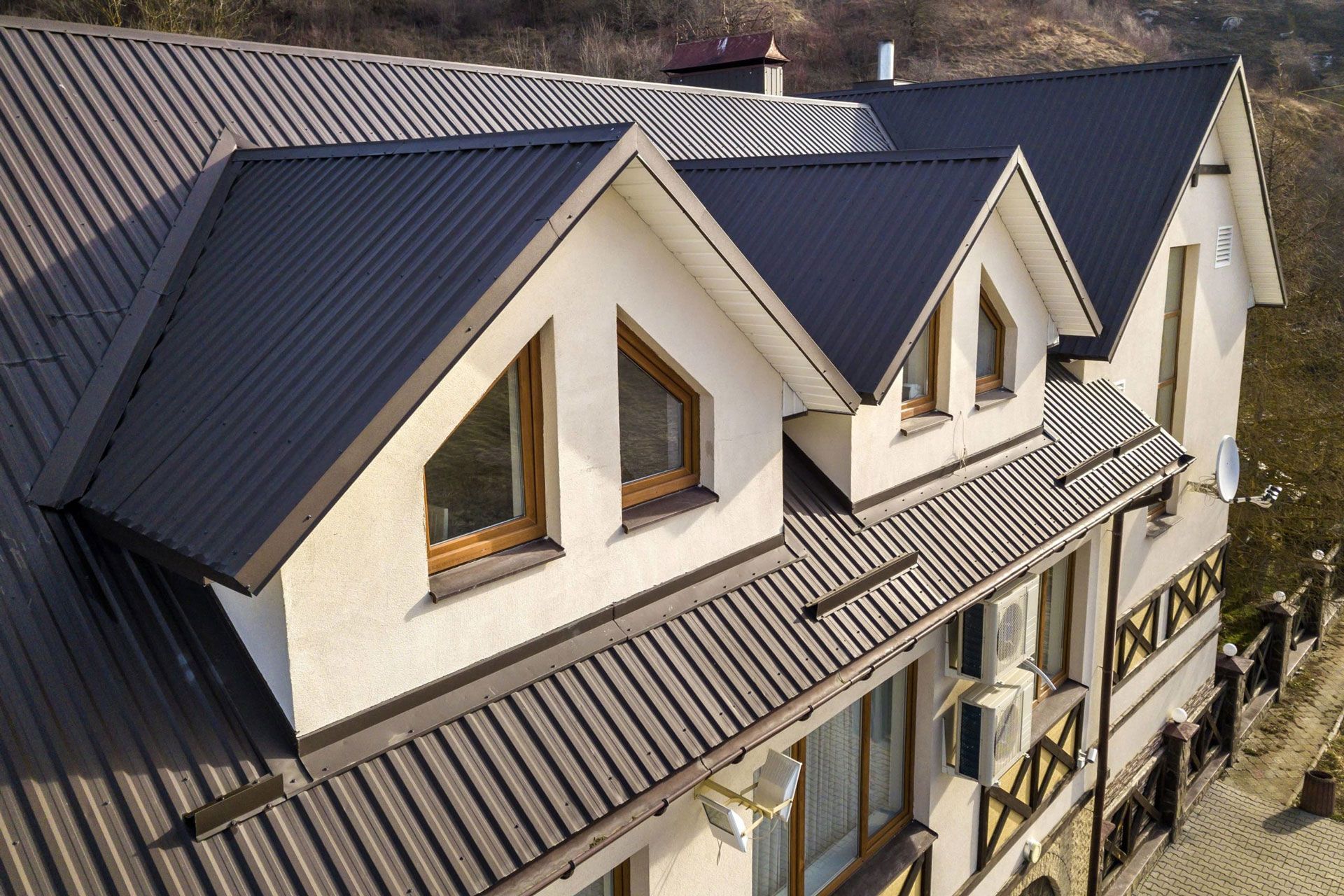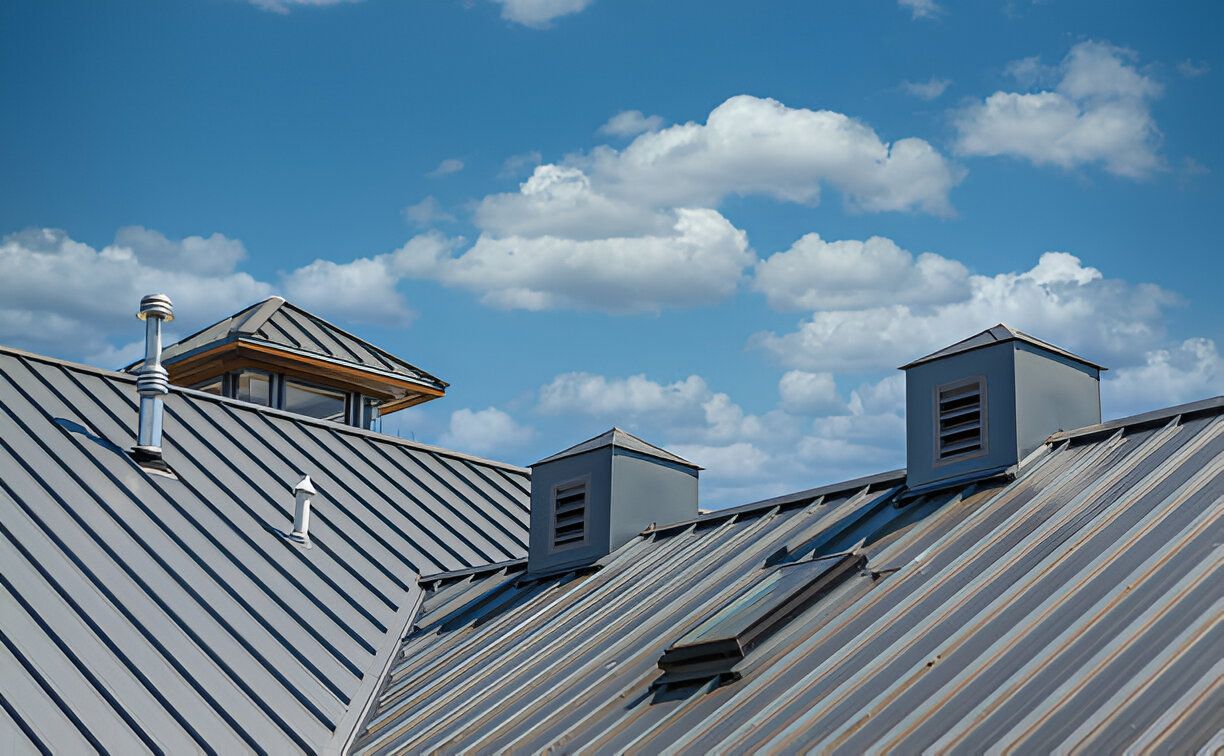The Advantages of Premium Roofing

Elevating Home Value with Superior Roofing
Roofs serve as the primary shield against harsh weather conditions. Understanding how different elements—particularly storm damage—impact your roof is key to preserving its strength and durability. This article explores the various weather-related threats to roofing structures and provides guidance on preventive measures and effective solutions.

Extreme Heat and UV Radiation
The Silent Deterioration
Continuous exposure to intense heat and UV rays can weaken roofing materials over time. Shingles may become brittle, losing their protective granules, which increases the risk of leaks and shortens their lifespan. Conducting routine inspections, particularly after heat waves, helps detect and resolve heat-related damage early.
Preventive Measures
- Apply reflective coatings to reduce heat absorption and protect roofing materials.
- Maintain proper attic ventilation to regulate temperature and prevent heat buildup.
- Choose heat-resistant roofing materials when repairing or replacing your roof in Flower Mound, Texas, for enhanced durability.
Heavy Rainfall and Moisture Accumulation
The Risk of Water Damage
Intense rainfall can result in water infiltration, particularly if the roof has existing weaknesses such as cracks or loose shingles. Over time, trapped moisture can lead to mold growth, wood rot, and structural deterioration.
Mitigation Strategies
- Keep gutters and downspouts clear to maintain proper water drainage.
- Inspect and repair sealants around vents and chimneys to prevent leaks.
- Install waterproof underlayment for an extra layer of moisture protection.
Snow and Ice
The Weight and Ice Dam Challenge
Excessive snow buildup can put stress on the roof, while ice dams block proper drainage, increasing the risk of water seepage and damage.
Solutions
- Use specialized tools to clear snow from the roof regularly to prevent excessive weight.
- Enhance attic insulation to maintain consistent roof temperatures and reduce ice dam formation.
- Install heating cables along the roof’s edge to help prevent ice dams and improve drainage.
High Winds
The Threat of Displacement and Debris
Strong winds can loosen or tear off shingles, exposing the roof to potential water damage. Additionally, flying debris can cause significant structural harm.
Wind-Resistant Measures
- Secure shingles properly to prevent them from being lifted by strong winds.
- Trim nearby trees regularly to minimize the risk of falling branches.
- Opt for wind-rated shingles in regions prone to high wind conditions.
Hail
The Impact of Ice Pellets
Hail can dent, crack, or weaken shingles, compromising the roof’s ability to protect against the elements. The severity of damage depends on hail size, wind force, and roofing material.
Hail Damage Control
- Inspect the roof thoroughly after hailstorms to identify any damage.
- Choose impact-resistant shingles for added durability in hail-prone locations.
- Review homeowners' insurance policies to ensure coverage for hail-related damage.
Conclusion
Routine maintenance and regular inspections are essential for preventing weather-related roof damage. For homeowners in Flower Mound, Texas, Lancaster Roofing & Construction offers professional services to help maintain a durable and weather-resistant roof year-round.

